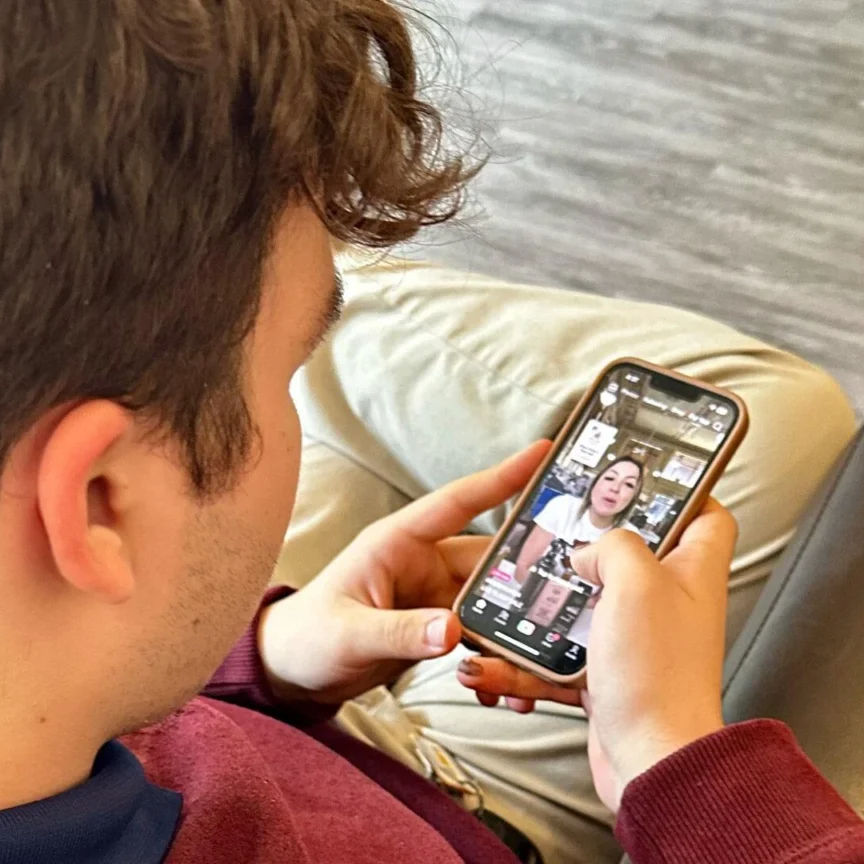Culturally relevant math: If Cardi B owns $500K in handbags ...
- Joanne Jacobs

- Dec 29, 2023
- 2 min read

Math achievement is very low for black students. Can "culturally relevant" math problems -- such as analyzing a hip-hop star's purse collection -- motivate students to learn more?
At a recent math conference, suburban Atlanta educators presented a lesson on Cardi B's half-million-dollar handbag collection as a way to engage middle schoolers, reports Hechinger's Christina A. Samuels.
“They’re not just calculating finding a ratio for no reason,” said Tonya Clarke, K-12 math coordinator for Clayton County schools. After students are hooked, “we may hone in on those skills a little closer.”
. . . $500,000 in handbags is less than 1 percent of Cardi B’s estimated $80 million net worth. So, how much do students think they need to earn to be comfortable collecting just one six-figure handbag? How could they determine that, mathematically? How would the calculations change if they wanted to buy a $45,000 “iced-out” Rolex? Or, in a more down-to-earth daydream, what salary would be needed to comfortably afford a $7,500 trip to Walt Disney World for a family of four?
Teachers in the heavily black and Hispanic district have been trying to make math "relatable" through project-based math lessons, since 2017, writes Samuels. Students have analyzed data on "New York’s stop-and-frisk policy and the spread of Covid-19 as part of the district’s 'I’m W.O.K.E. Project.' (The acronym stands for Widens Options through Knowledge and Empowerment.)"
In 2022-23, only 17 percent of Clayton County's third through eighth graders scored proficient or above on the state’s math tests, she notes, but that's up 3 points from the year before.
"Culturally responsive" math creates a culture of belonging within the classroom, said Shakiyya Bland at Just Equations, which advocates for educational equity in math instruction. When she looks at lessons, she asks: "Do the word problems pose questions that help students think critically about themselves or the data that they’re using?” Bland recently published an article on the brain science behind culturally responsive teaching.
With the push for teaching financial literacy, it would be nice if math problems looked at real-life financial decisions that young people might face rather than what luxury goods they might covet.
When I was reporting for Our School, I saw 12th-graders -- nearly all from working-class Mexican-American families -- surfing the internet for luxury leather goods (girls) and sports cars (boys). They'd finished their college applications and were dreaming about the future. I told the girls that they should never pay retail for high-fashion purses that would go out of style quickly. They could buy cheap knock-offs. They were engaged!






"...$500,000 in handbags is less than 1 percent of Cardi B’s estimated $80 million net worth."
Based on your personal estimate of how much those handbags would sell for at a yard sale, what is your discounted estimate of Cardi B's net worth? Bonus question: How does the saying "A fool and his money are soon parted" apply to this situation?
Bang! there's your culturally responsive financial literacy, right there!